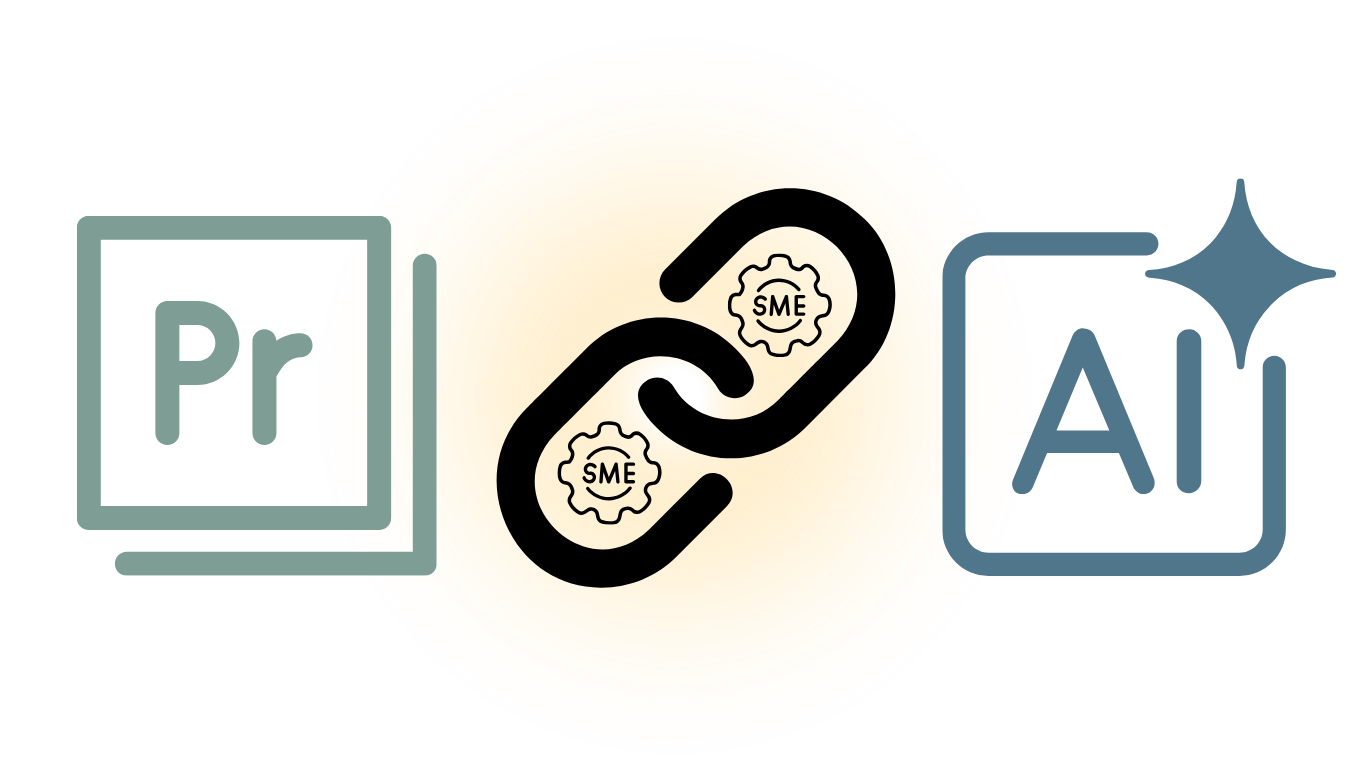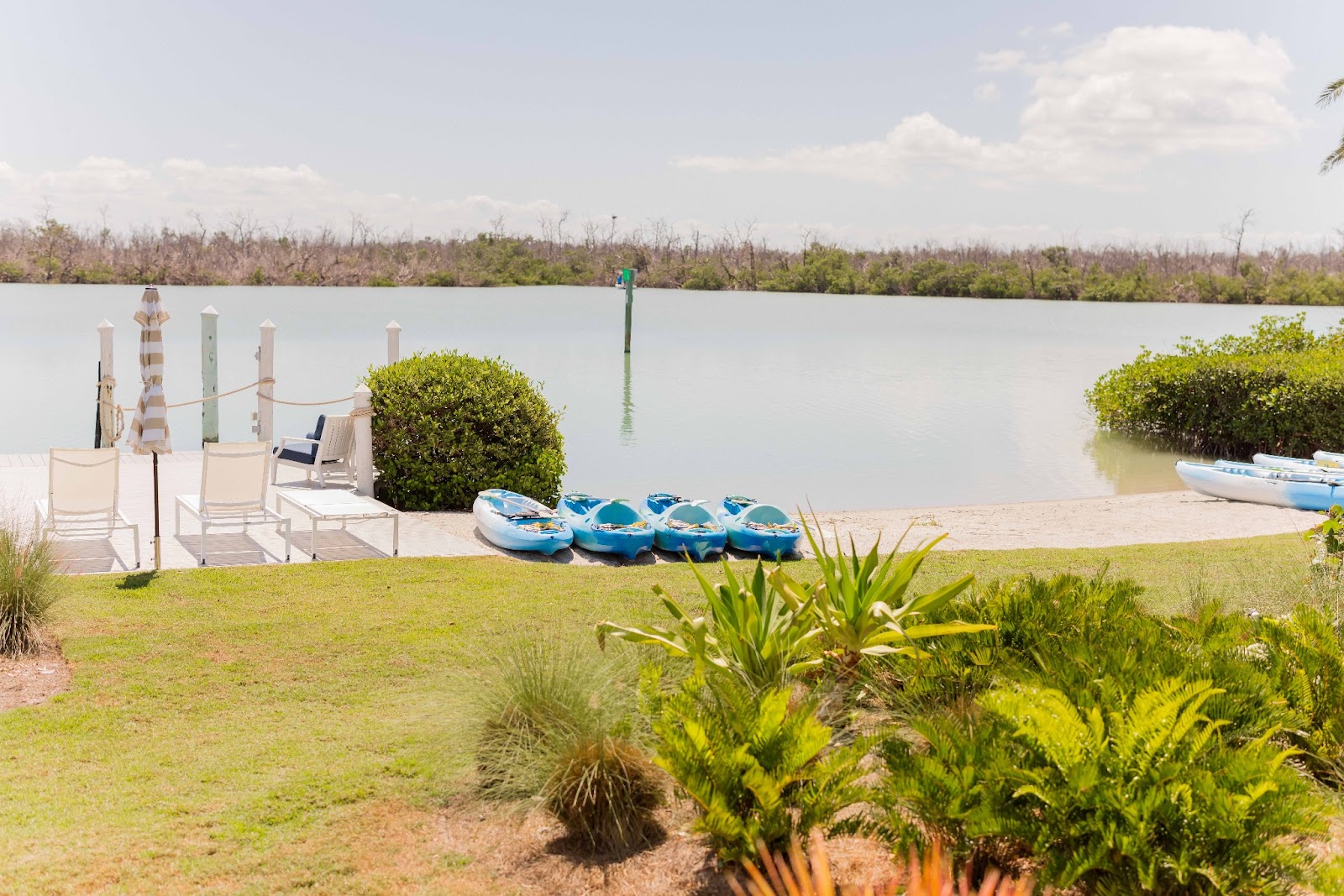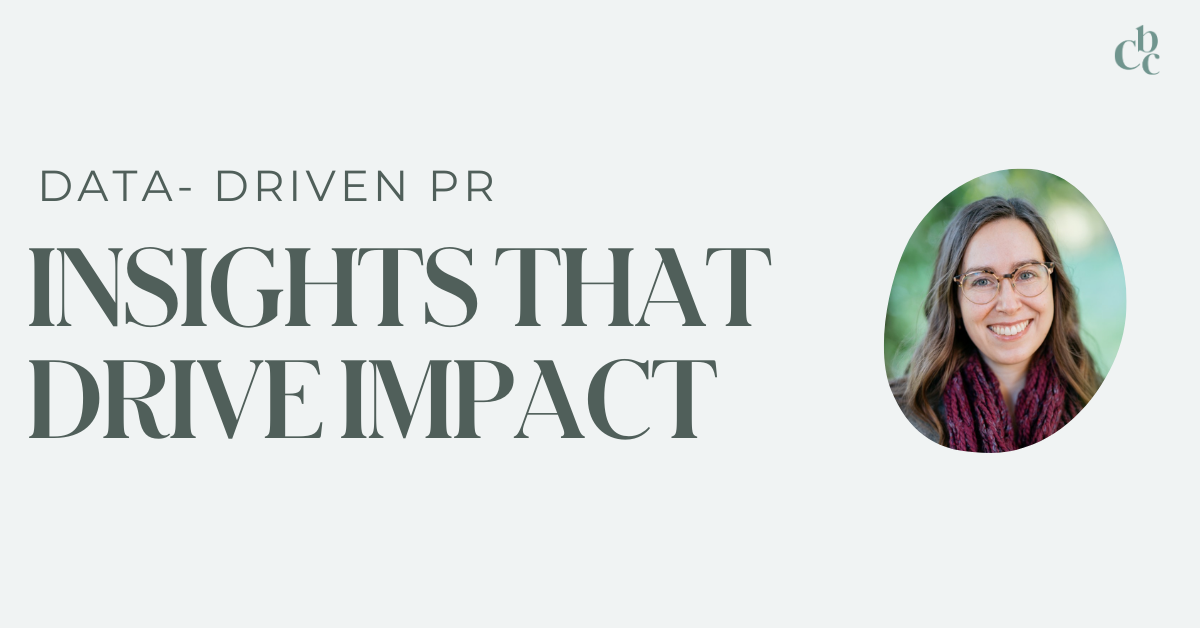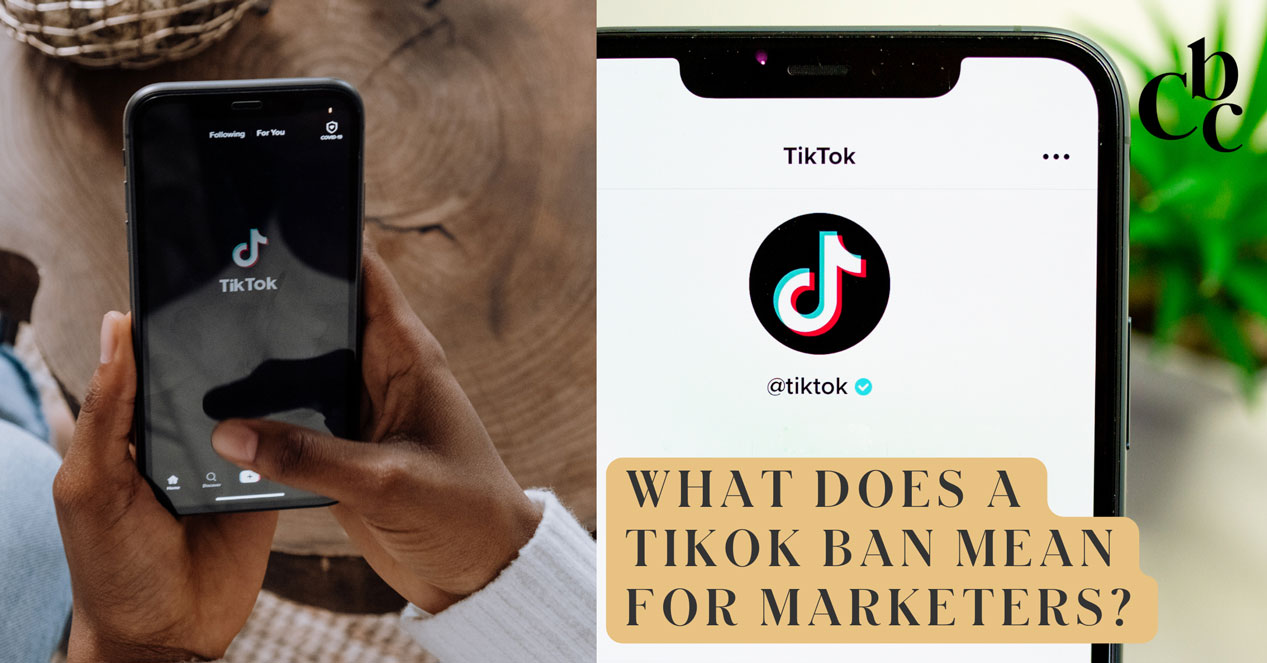If you work in digital marketing or social media, you’ve likely been tasked with “mapping out” social media content for a brand. Brands take a variety of approaches to mapping out their social media content, but not all brands make the most of this important planning process.
Many marketers map out months of social media content by simply drafting social media copy, and forego the step in between: strategy. In a perfect world, your mapping process will not only help you get ahead on the content creation hamster wheel, but also ensure that your social content is moving users down the marketing funnel towards your desired end goal. When done well, a thoughtful social media content map will help brands educate, inspire, and convert users in a timely manner.
Whether you’re a well-established digital marketing agency or a self-made influencer looking for some direction, here are some guardrails to help improve your social media mapping process.
What is a social media content map?
A social media content map is a high-level plan that lays out your content and campaign focuses for a certain period of time, usually a month or a fiscal quarter. The process of creating your social media content map is a great activity for social teams to engage in, allowing marketers to effectively shape the user journey and experience with your brand through content.

When complete, it can act as a strategic social media plan that will allow you and/or your team to build out social media copy and creative assets accordingly. Creating a thoughtful mapping strategy will allow you to save time creating content, as well as ensure you’re hitting your brand and social media goals.
Social Media Mapping Template
The first step to creating a social media map is finding a template that works for your team. Many social media managers use Google Sheets or an e-calendar but there are also downloadable templates online! HubSpot offers a handful of templates with different layouts to pick from. A social media template should include dates, platforms, theme, focus, campaign, product or stage in the user journey you’re targeting, as well as a CTA (call to action) or URL, and a creative asset.
Getting Started with Social Media Content Mapping
When you’re ready to begin content mapping, the best way to start is outlining your content based on your content pillars, buyer personas, and/or the stage in the consumer journey you wish to target and when. Before you begin drafting content, get strategic and think through not just the type of content you’re looking to share, but how it’ll help reach your goals and create affinity amongst followers.
Below, we’ve compiled various components to consider when mapping out your high-level social media content.When you properly combine all of these tactics,you’ll be sure to have a sound and effective social media strategy and content map.
Identify Your Content Pillars
A good social media content strategy starts with defined content pillars. Content pillars are the topics or themes that are consistently weaved through your brand’s content strategy. For example, if you’re a fitness brand your content pillars may be “motivational content,” “workout tutorials,” “healthy recipes,” and “product in action.” These pillars work to create a cohesive brand image and strengthen your brand’s authority around specific topics.
Reviewing your brand’s goals and mission can help inform your different content pillars.
How to Use Content Pillars in Your Social Media Content Map
Once you have your template in place, you should identify the number of posts you plan to publish in the given timeframe and associate a content pillar to each of those posts. Consider the cadence at which you share content relating to each pillar. It’s OK if this cadence varies over time as seasons change, products launch, and various campaigns come and go. This general rule of thumb may change if you have a product launch approaching. Your “product in action” content may be dispersed more heavily on your map to educate and excite consumers about the launch.
Identify Your Buyer Personas
When you’re engaging in the social media content mapping process, it’s also helpful to consider the types of buyer personas your brand wants to attract. Personas are fictional profiles that represent groups of similar people in a target audience, such as “value shoppers” or “history buffs.” Knowing your buyer personas will help you craft content that resonates with these audience segments.
How to Use Buyer Personas in Your Social Media Content Map
The next step is connecting the buyer personas to the content pillars on your social media content map. When you’ve nailed down your personas, you’ll know what they care about, the questions they’ll have, and the information they want to make an informed decision. Being able to map out content that fits their needs and connects to your pillars is key.
While you can’t control what stage of the consumer journey your audience lies in, you can ensure your content map is balanced to fit all 3 stages. The main stages of the consumer journey are awareness, consideration, and decision. Ensure you’re mapping out content that would answer questions at each step of the journey, from beginning to end. For example, you might notice that your map doesn’t have any calls to buy, that’ll signal to you and your team to revisit how you address your audience in the decision stage.
At this stage you may also begin to consider what kind of content to use. Will an infographic or testimonial work better? A video or a blog? It’s important to consider each channel’s functions and audience when developing the most efficient content. For example, a case study about your products or services may perform better on LinkedIn than on Facebook because of the nature of the platform.
Understand Your Marketing Funnel
After you’ve nailed down your buyer personas, you and your brand should plan your marketing funnel. Understanding your funnel from top to bottom will help you create your social media content map.
Mapping your buyer personas to these stages will allow you to hone in on your social media strategy by identifying when to distribute certain kinds of information. Creating and tailoring your brand’s content mapping to each of these stages is key to improving the customer’s user experience, as well as moving users to your next desired action – whether it be to sign up for your email list or purchase a product.
For example, if you know you’re launching a new product in May you may want to start raising awareness of this new launch in April. you need to be cognizant of how you’re educating consumers during the awareness and consideration phases so when the product launches they’ll be pushed to the decision phase.
All in all it’s important to focus on every part of the marketing funnel when you’re mapping your social media content map. Focusing on nurturing and creating long-lasting relationships with your consumers will prove to be a stronger social strategy and result in overall more notable ROI.
Putting it All Together: Social Media Content Mapping Best Practices
There’s nothing more rewarding than seeing your hard work pay off in high engagement and impressions on your social channels. Prioritizing your content mapping process lays the foundation for success across your brand. With these guidelines, you’re destined to see audience growth and customer retention.
Want to discuss your brand’s social media strategy and mapping process? CerconeBrownCompany would love to chat, send us an inquiry!
About the Author
Sydney Corcoran is an Account Coordinator for Digital and Content accounts at CBC. Sydney is interested in digital storytelling, impact marketing, and influencer management. Connect with Sydney on LinkedIn!










